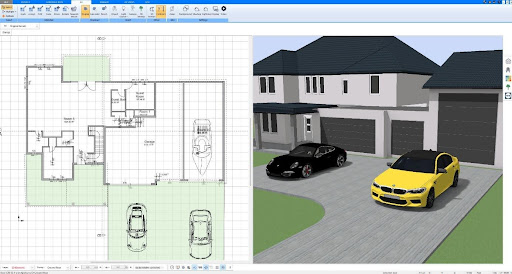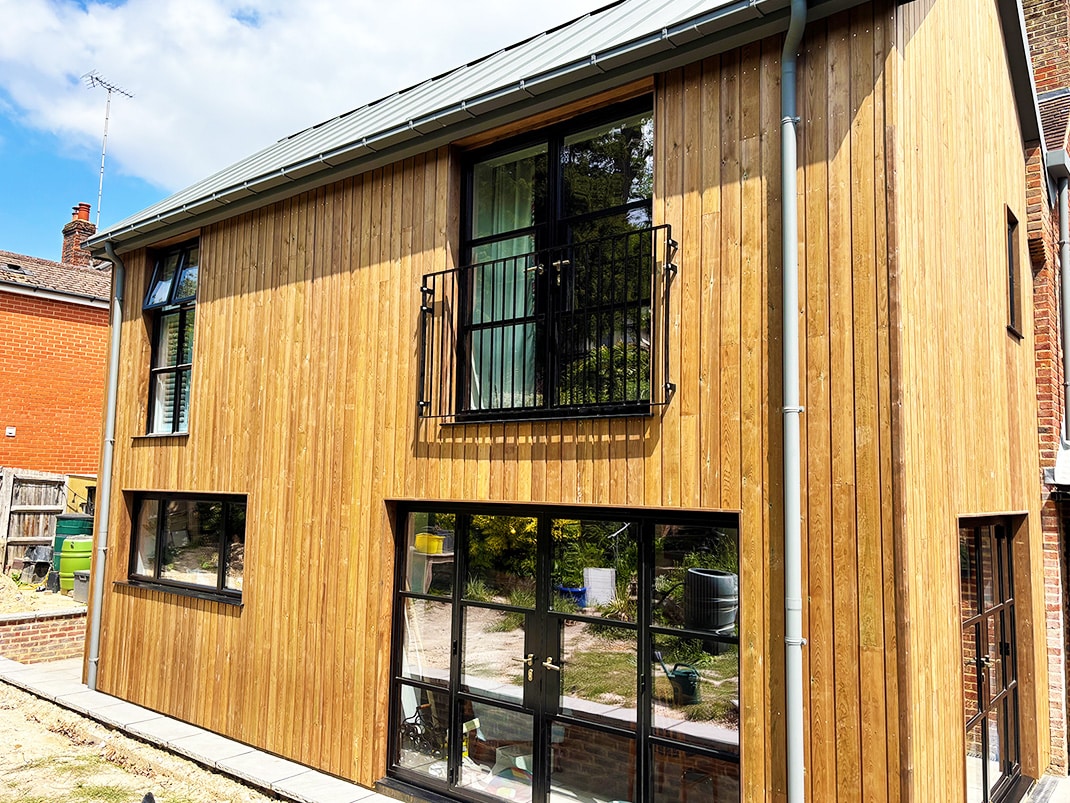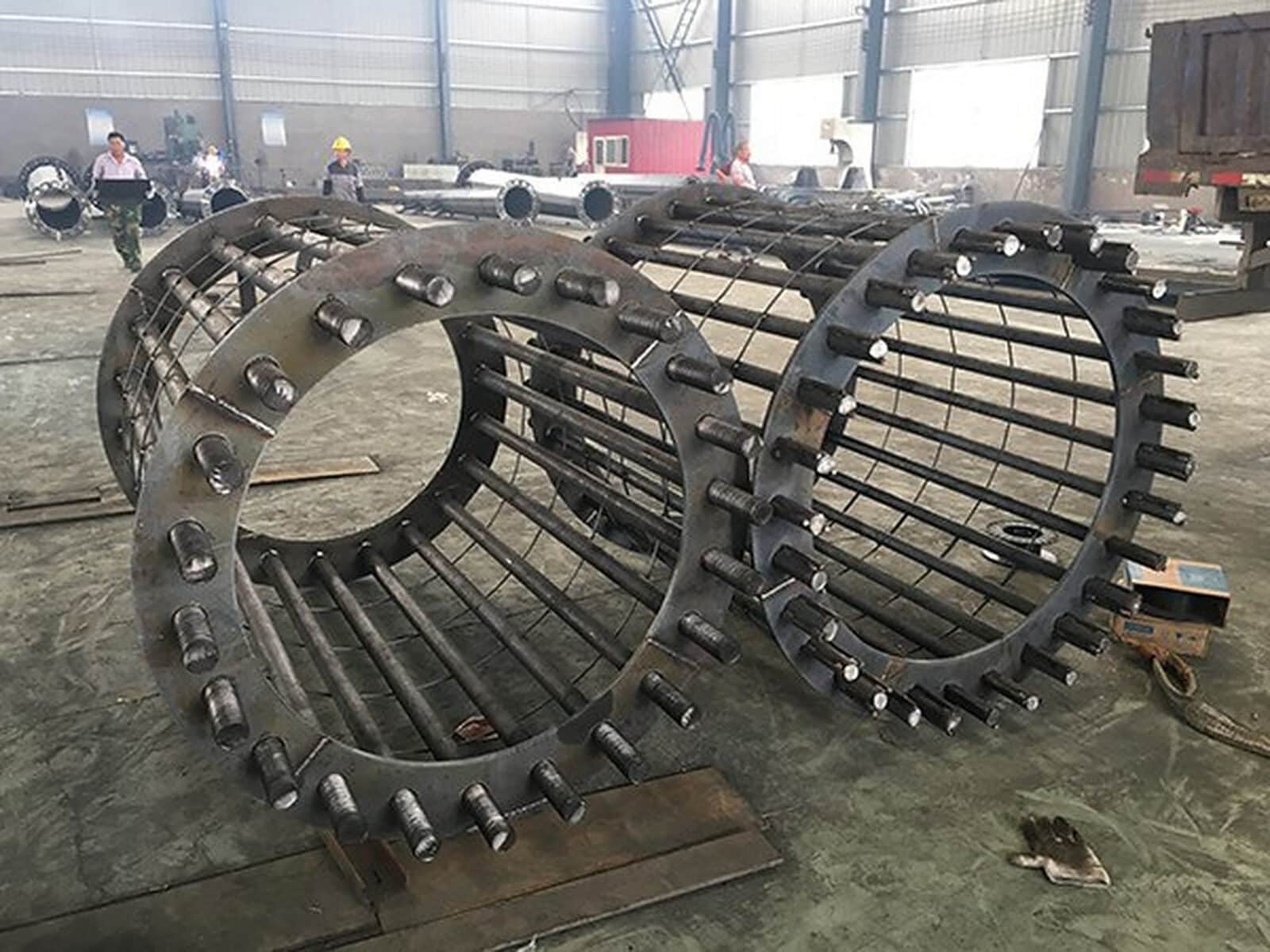Designing a home today means balancing creativity, precision, and cost. Plan7Architect brings professional-grade tools into an accessible environment that fits both homeowners and design professionals. It combines flexibility, accuracy, and modern collaboration in a way that feels intuitive but produces results on the same technical level as high-end architectural software.
Here are five reasons why Plan7Architect stands out as a true game changer in residential design.
Table of Contents
1. Total Design Freedom – Every Wall, Roof, and Detail Is Customizable
Plan7Architect places no limits on what you can design. Walls can include any combination of layers — framing, insulation, sheathing, finishes — with full control over material thickness, structure, and appearance. Doors and windows can be taken from the library or created completely from scratch, including custom shapes, jamb depths, trims, and arches.
Roof design is just as flexible. Users can model any geometry imaginable: gable, hip, flat, butterfly, mansard, or complex multi-roof structures. Every pitch, ridge, or intersection can be modified independently. The system adapts equally well to standard American homes and modern architectural designs.

2. Built for U.S. Building Codes and Professional Drafting Standards
The program operates entirely in feet and inches by default and follows the conventions used in U.S. residential design and construction. Floor-area summaries can distinguish between finished and unfinished spaces according to ANSI Z765 methods, and geometric parameters can align with International Residential Code (IRC) guidelines — from stair proportions to egress window dimensions.
At the same time, Plan7Architect is fully adaptable. All measurement units, dimensions, and labeling systems can be switched to metric, making the software equally practical for projects in Canada, the United Kingdom, Australia, or Europe. Because every rule, dimension style, and drawing layout is user-defined, the program can reflect nearly any local building standard around the world.
This flexibility allows designers to maintain compliance with U.S. codes while also meeting international norms — a rare combination in residential design software.
3. Professional Documentation – From 2D Drawings to Full Plan Sets
All drawings—floor plans, elevations, and cross-sections—are generated directly from the 3D model. Each view displays accurate structural information: wall compositions, ceiling heights, window and door openings, and roof slopes.
Annotation tools, text styles, and layer structures can be configured to match any professional office standard or AIA-style convention. Plans export cleanly to DWG, DXF, or PDF, ready to print on 24×36 in (ARCH D) or 11×17 in (ARCH B) sheets. The result is a professional, consistent set of drawings that fits seamlessly into established workflows.
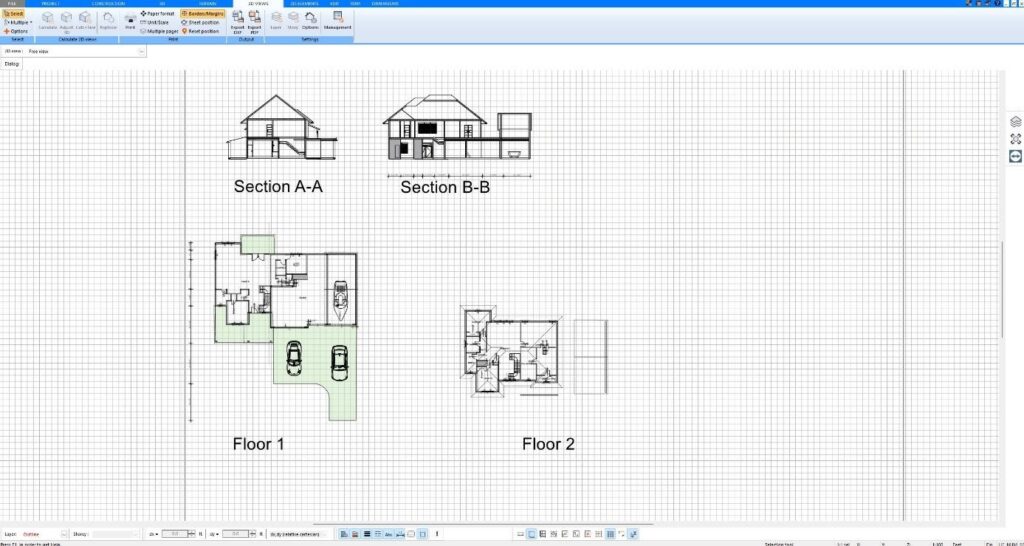
4. Open Collaboration & Advanced File Exchange Options
Plan7Architect integrates smoothly with the wider ecosystem of design and visualization tools.
- DWG / DXF export for AutoCAD and engineering coordination
- 3DS / OBJ export for realistic rendering in Twinmotion, Lumion, or Enscape
- SketchUp import giving access to millions of 3D objects and furnishings
- STL export for 3D-printed physical models
Because all geometry, materials, and textures remain intact, users can move from drafting to visualization or fabrication without conversion losses. This open workflow supports both creative exploration and professional presentation.
5. Professional-Level Software Without the Subscription Price
One of the most surprising aspects of Plan7Architect is its cost structure. The software is built on the core of a professional architectural platform valued at around $2,500, yet it is offered as a one-time purchase with a lifetime license—no monthly or yearly subscription required.
Users can install it on up to three computers, making it practical for both individual designers and small offices. In contrast, comparable U.S. design software such as Chief Architect, AutoCAD, or Revit often costs $250 or more per month to access similar feature sets.
Plan7Architect delivers nearly the same technical capability—detailed 2D/3D design, full documentation tools, and export compatibility—at a fraction of the long-term price. For anyone who wants professional results without ongoing fees, it represents one of the best values in residential design software today.
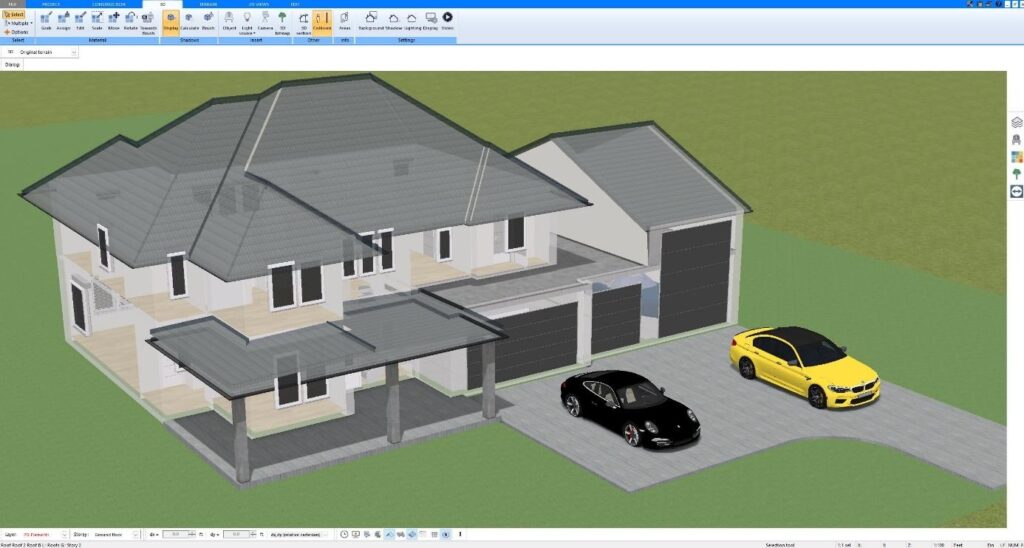
Conclusion – A Complete, Flexible, and Accessible Design Environment
Plan7Architect unites flexibility, technical depth, and long-term affordability in a single solution. Every aspect of a home—from foundations and framing to roofs and interiors—can be modeled freely and documented according to U.S. building standards. Combined with its open file exchange and one-time purchase model, it offers a balance of power and independence rarely found in modern design software.
For homeowners, builders, and designers alike, it’s a tool that fits real-world needs: precise, adaptable, and built to last.

